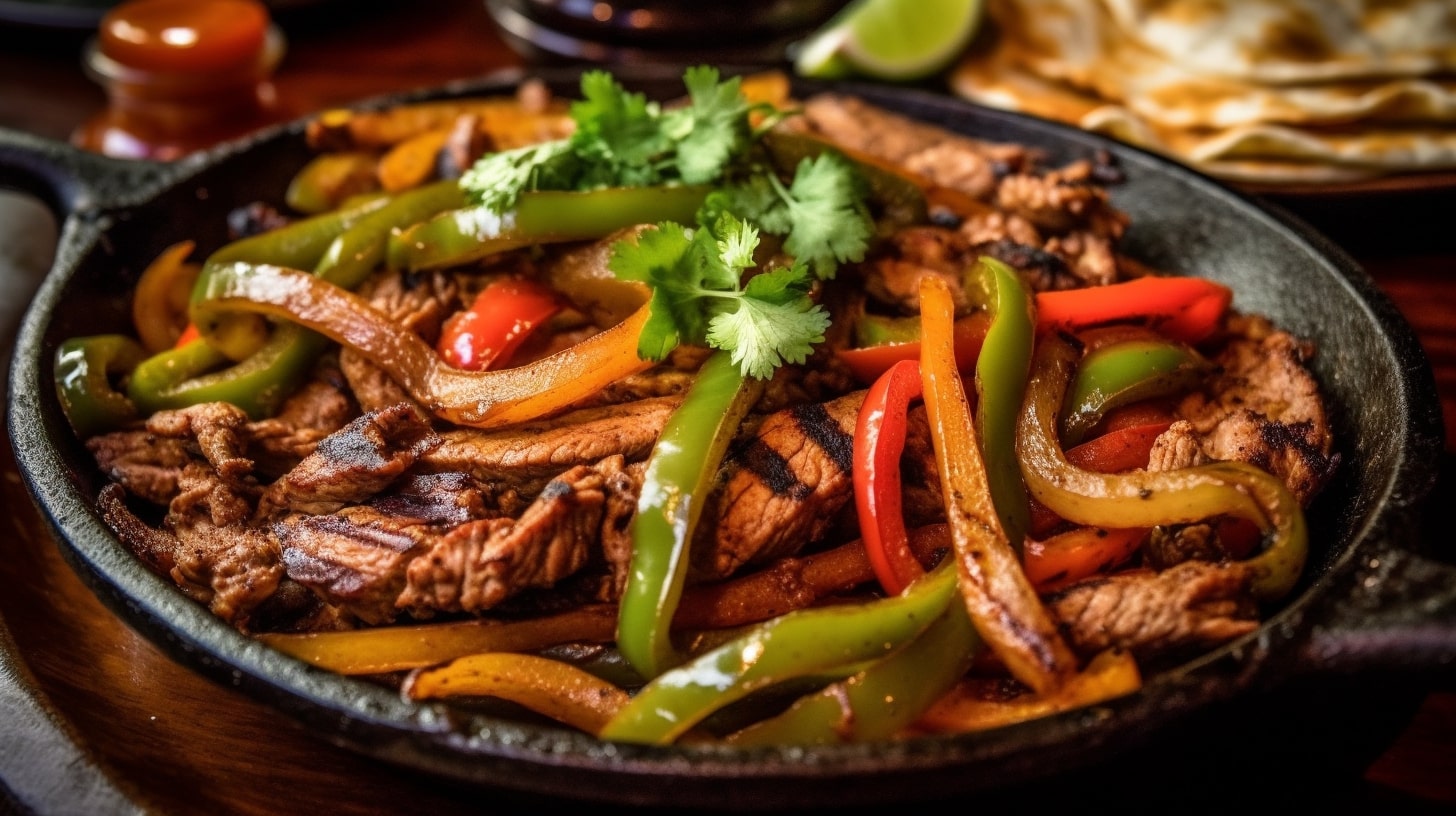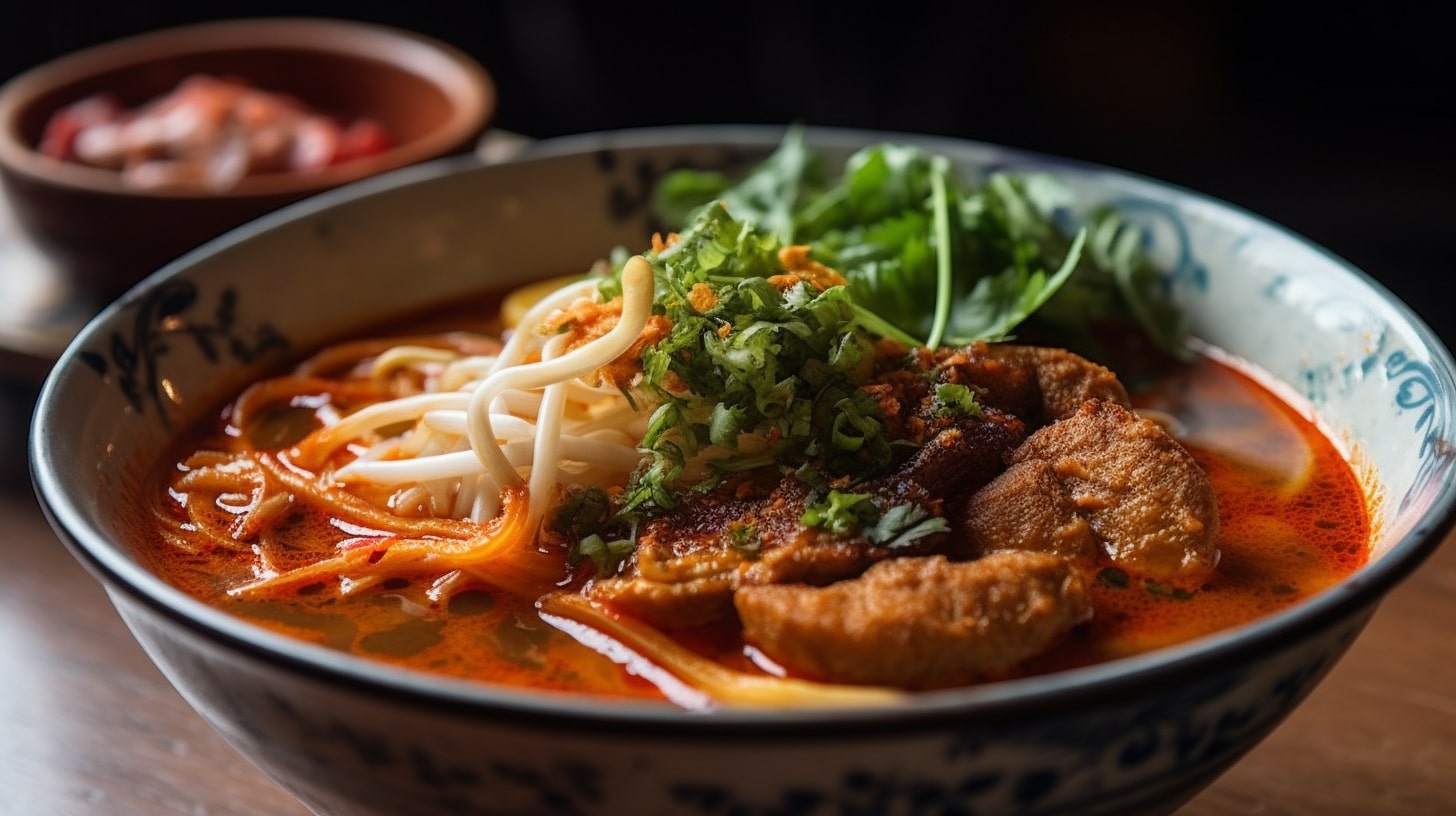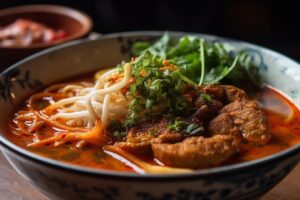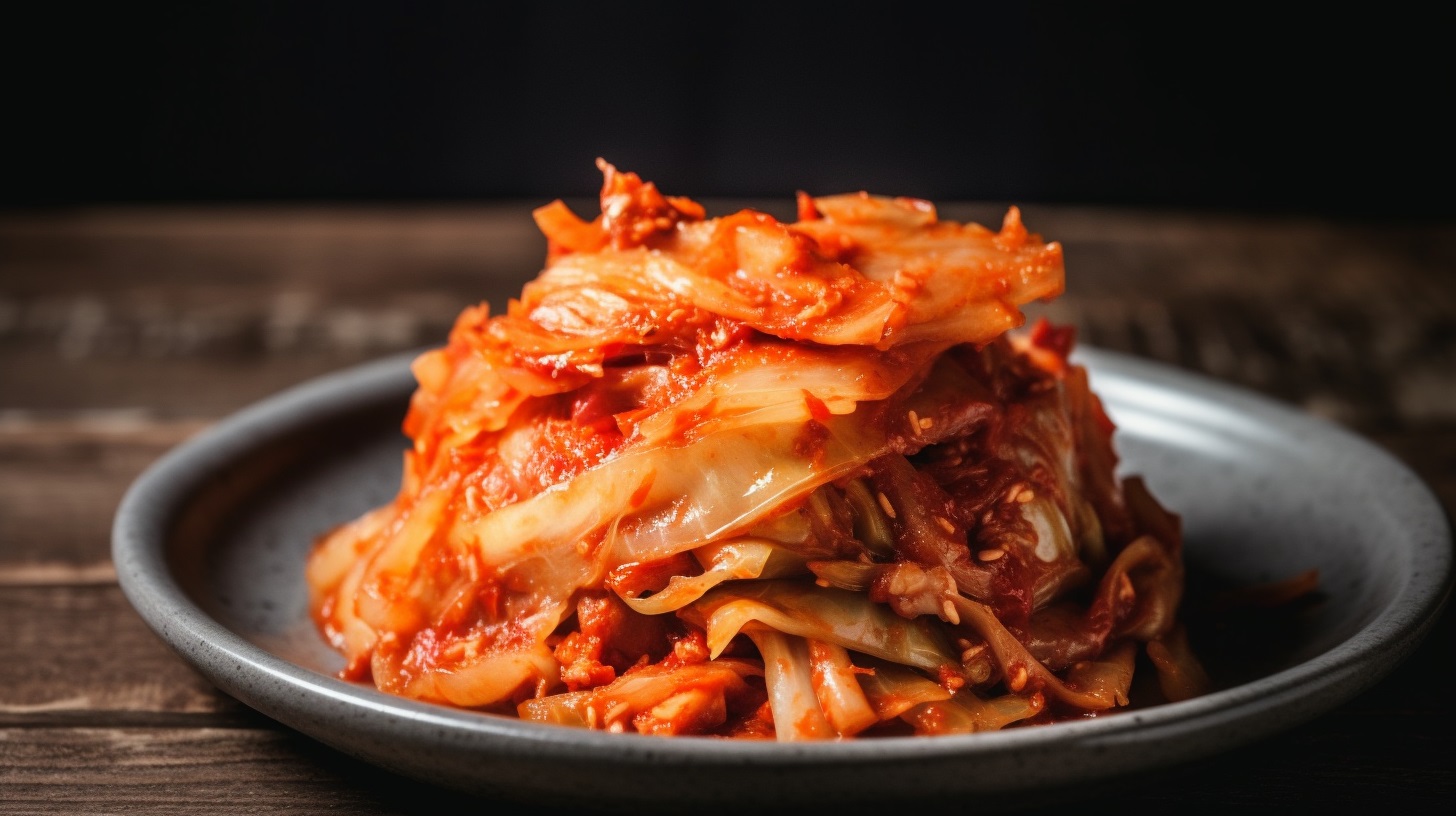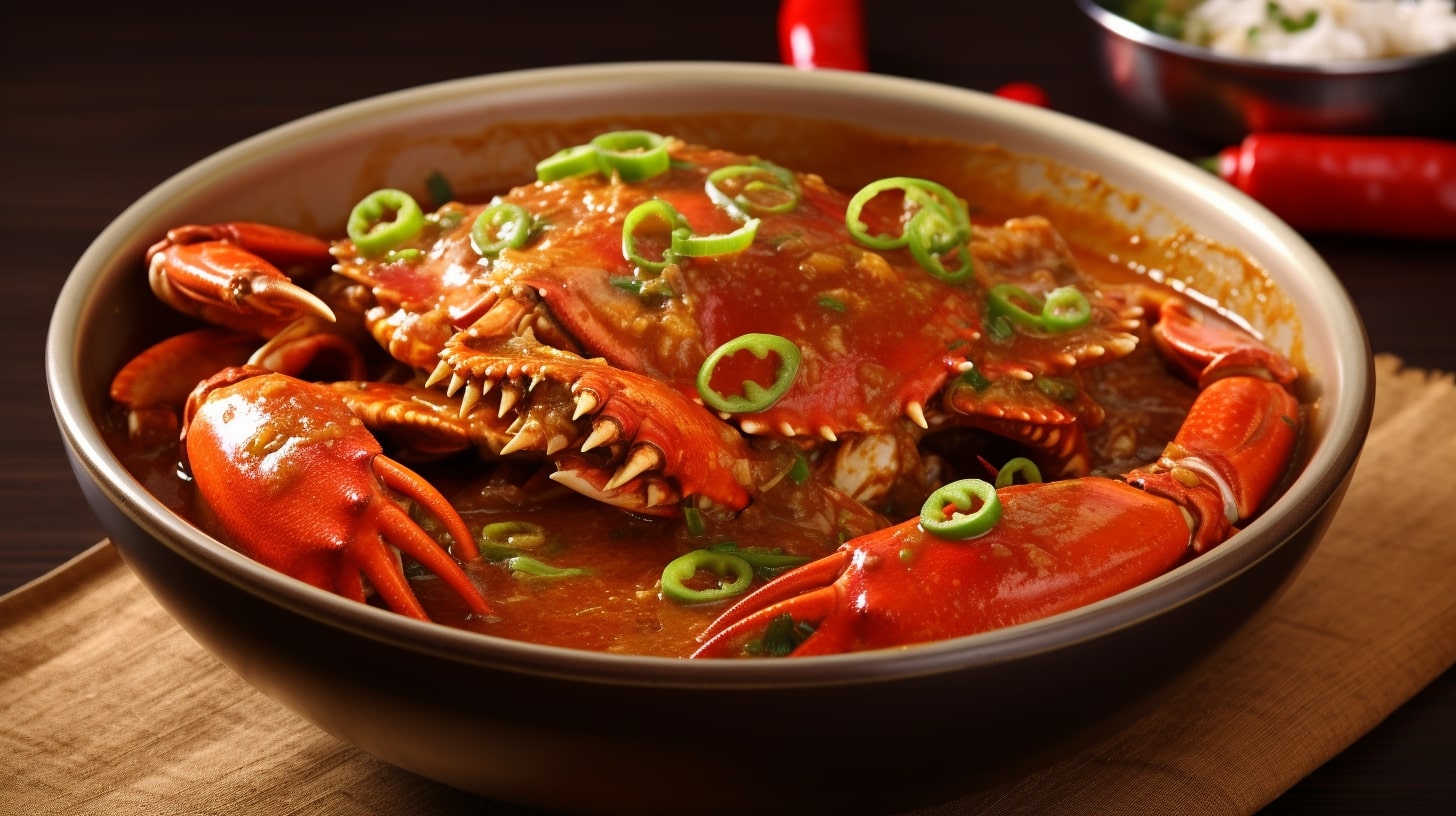Kimchi, a traditional Korean dish, is a vibrant and flavorful side dish that has captivated taste buds around the world. This fermented delicacy is made primarily from cabbage, combined with an array of seasonings and spices, resulting in a tangy, spicy, and slightly sour flavor profile. In this article, we will delve into the world of kimchi, exploring its ingredients, fermentation process, and the delightful culinary experience it offers.
The Essence of Kimchi
Kimchi holds a special place in Korean cuisine and culture. Its history dates back centuries, and it has evolved into various regional and seasonal variations. At its core, kimchi is a type of pickle made by fermenting vegetables, most commonly napa cabbage, with a mixture of salt, chili pepper flakes, garlic, ginger, and other seasonings. The result is a complex and addictive taste that pairs well with a wide range of dishes.
The Flavorful Ingredients
To prepare kimchi, you’ll need a few key ingredients that contribute to its distinctive taste. Napa cabbage, also known as Chinese cabbage, is the primary ingredient. Other essential components include Korean chili pepper flakes (gochugaru), garlic, ginger, fish sauce or fermented shrimp paste (saeujeot), scallions, and salt. These ingredients work together to create the signature flavor and texture of kimchi.
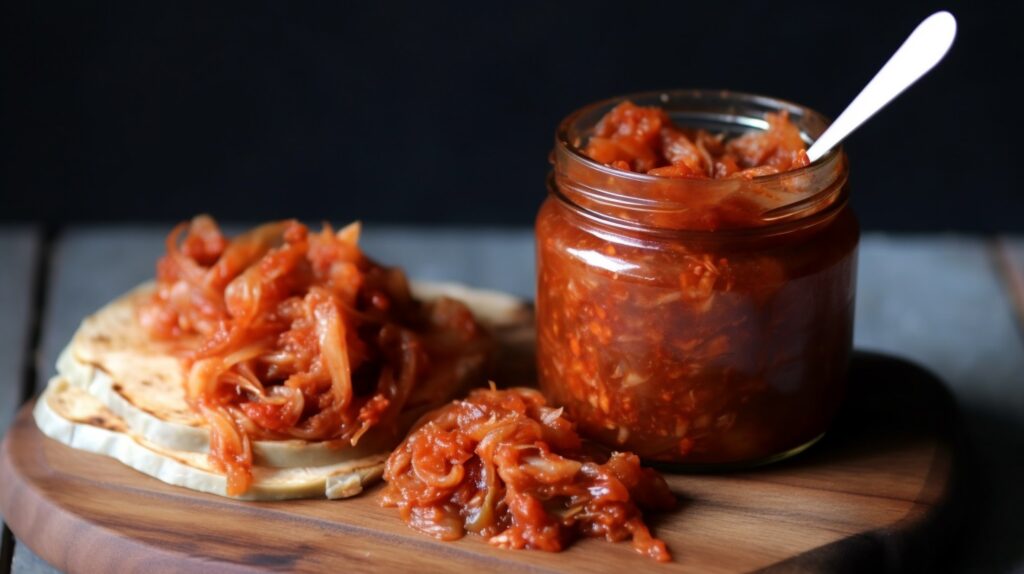
Preparation: Crafting Kimchi with Care
Step 1: Preparing the Cabbage
Start by removing any damaged or wilted outer leaves of the napa cabbage. Cut the cabbage in half lengthwise, then cut it into smaller, manageable pieces. Rinse the cabbage thoroughly under cold water to remove any dirt or impurities. Sprinkle salt between the layers of cabbage leaves, paying extra attention to the thicker parts. Allow the cabbage to sit for a couple of hours, allowing it to release moisture.
Step 2: Creating the Seasoning Paste
While the cabbage is salting, prepare the seasoning paste. In a bowl, combine Korean chili pepper flakes, minced garlic, grated ginger, fish sauce or fermented shrimp paste, and chopped scallions. Mix the ingredients thoroughly until a paste-like consistency is achieved. Adjust the seasoning according to your preferred level of spiciness and saltiness.
Step 3: Assembling the Kimchi
After the cabbage has released moisture, rinse it under cold water to remove excess salt. Squeeze out any remaining liquid and set the cabbage aside. Using gloves, spread the seasoning paste onto each cabbage leaf, ensuring an even distribution of flavors. For added variety, you can incorporate other vegetables such as radishes, carrots, or Korean pear.
Step 4: Fermentation Process
Once the cabbage leaves are coated with the seasoning paste, tightly roll them up and place them in a clean, airtight container. Press down gently to remove any air pockets and promote fermentation. Allow the kimchi to ferment at room temperature for at least 24 to 48 hours, depending on your preferred level of fermentation. During this time, the flavors will develop, and the cabbage will become tangy and slightly sour.

Conclusion
Kimchi is a testament to the art of fermentation and the depth of flavor it can bring to a dish. Its tangy, spicy, and complex taste adds a burst of excitement to any meal. By following the steps outlined in this article, you can embark on a culinary journey and create your own homemade kimchi, capturing the essence of Korean cuisine.
Indulge in the tangy and spicy delight of kimchi, and experience the unique flavors that have made it a beloved staple in Korean gastronomy. Whether enjoyed as a side dish, in stews, or as an ingredient in various recipes, kimchi is sure to elevate your culinary adventures.
